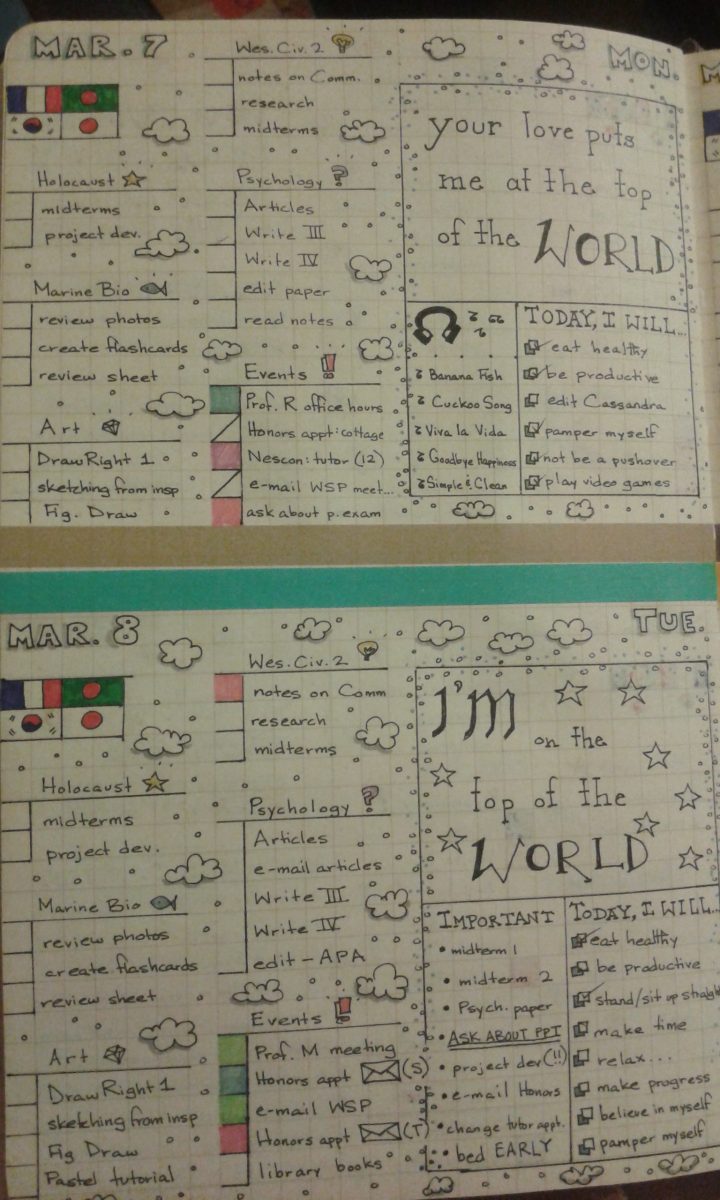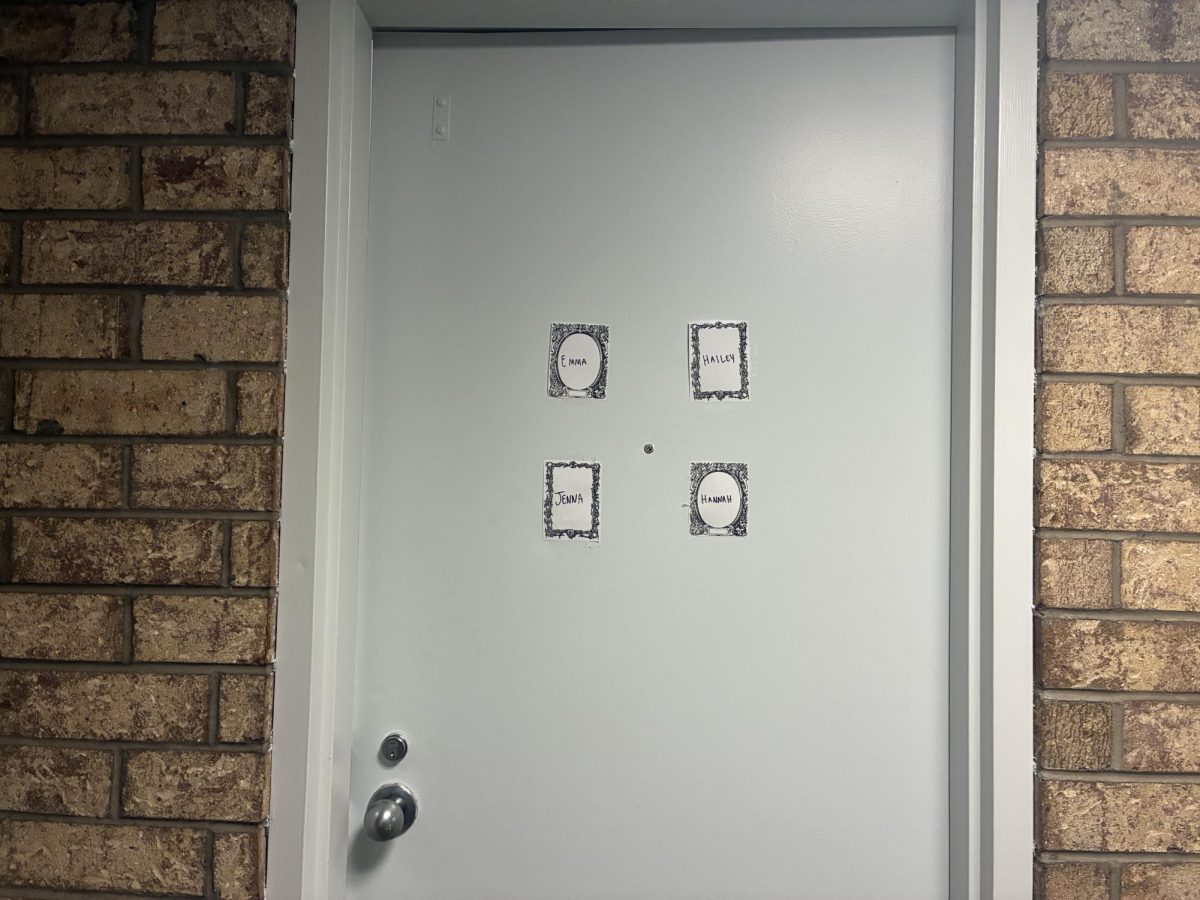I’m going to be completely honest – I have never been good at scheduling. Every time I try to plan out my year, complete with my resolutions, the skills I want to learn and the grades I want to achieve, I never followed through. Using a planner was too restrictive for me, and I always seemed to end up throwing my commitments together the night before.
Fortunately, I happened to watch a vlog that promised to fix my problems – and I was surprised when it turned out to be much more fun than I expected. If you seem to have trouble juggling to-do lists, planners and Google Calendars like I do, I would like to introduce a helpful alternative: bullet journaling.
The concept of bullet journaling is very simple. It was first introduced on the website bulletjournal.com, which shows how to transform a little black notebook into a customizable planner. You create a key with specific symbols for tasks. Then you mark dates in the book and use it as an expandable checklist. Many studying communities utilize bullet journals as planners, creative outlets and for plotting out their goals. A simple image or YouTube search for bullet journals yields an amazing amount of results, uniqueness and individuality – so much so that at times, it becomes daunting for beginner planners.
How does one go about creating a bullet journal? The original website does offer one possible design, but it is very militant, minimalistic and dry. It is better to explore different studying communities and see how they lay out their own bullet journals. Everyone has a different way of creating a layout – with colors, stamps, stickers and calligraphy. You can find a lot of information and inspiration through letting loose and creating your own special work of art.
My own bullet journal follows a specific layout. I have a symbol for each class I am taking. I mostly use the journal daily, so I create checklists under each column that I have created for classes. To keep things interesting, I use markers, washi tape and sticky notes to further decorate my pages. When I used a planner, I felt bad at the end of the year seeing dozens of wasted calendar pages I didn’t use – pages sacrificed to naps , canceled appointments or procrastination.
However, a bullet journal is completely customizable. You are responsible for the pages that you use. If you want to create an alternative page just to doodle on right in the middle of your weekly pages, there are no preprinted pages preventing you from doing so. If you completely zoned out and didn’t do anything from Wednesday through Friday, you can just pick back up again with Saturday. The sky is the limit.
Interested in creating a bullet journal now? For beginner bullet journalists, gridded or dotted pages allow more freedom than lined pages, and help to make the aesthetic cleaner and prettier. I use a gridded Moleskine, but there are several options, from the expensive brands (such as Leuchtturm) to the cheaper alternatives (such as Muji).
Since pages in these journals can be thin, it is better to invest in smaller tipped pens (such as Pilot Hi-Tec-C 0.04 – a personal favorite) or non-bleed markers (such as Sharpie Archival Pens). Don’t forget your colors. You can use markers, crayons or even watercolors. My personal favorites are Zebra Mildliners – highlighters that come in a variety of different colors and uses. I like to doodle around my pages and add song lyrics, quotes or to-do lists in my margins, and I have been experimenting with adding sticky notes, stickers and stamps as well. Despite my first pages being a mess, I have surprised myself with how quickly I can make pages look nice now, and how much I can get done.
Remember, if you don’t want to invest too much in this new venture, or you feel like you’ll get bored fast, make an investment in a notebook and try it out. It won’t hurt, and you just might find a new, efficient way of meeting your deadlines.







